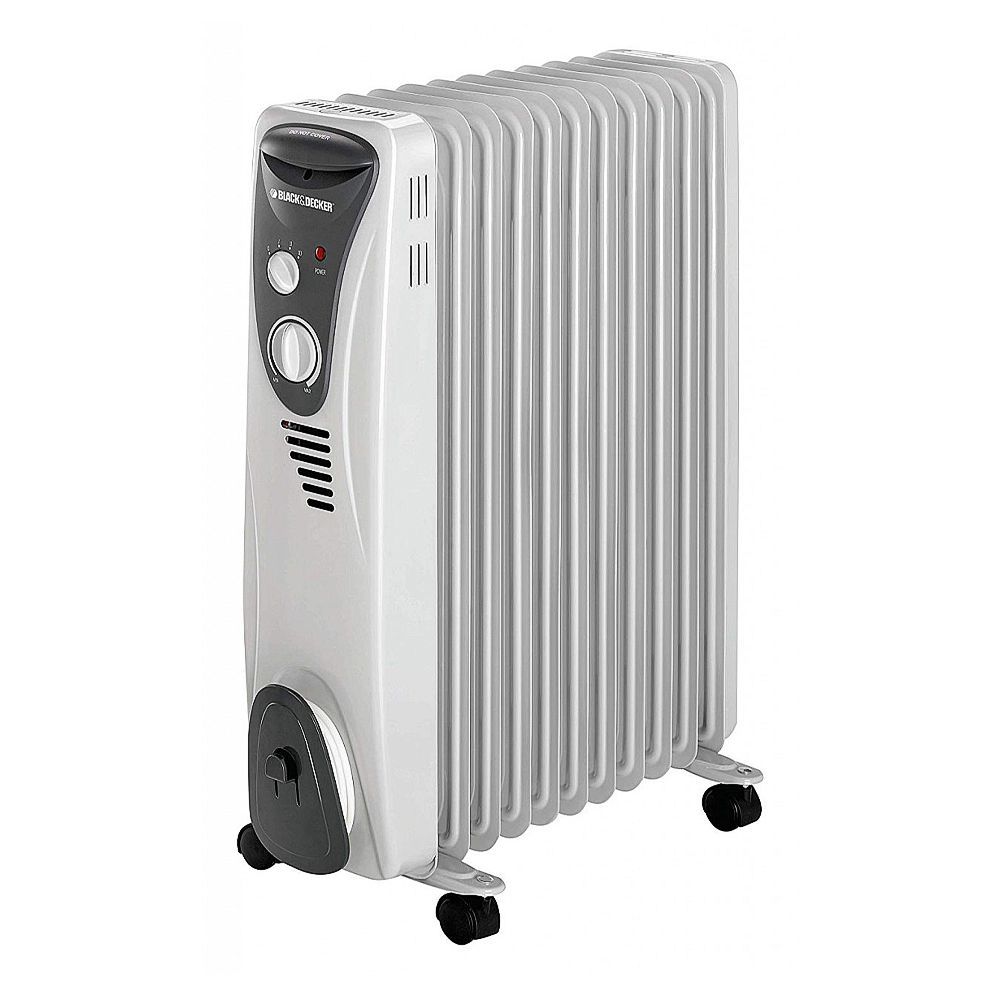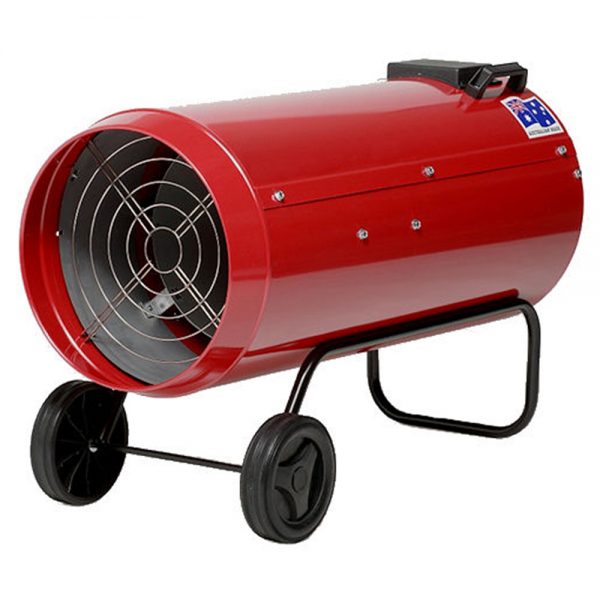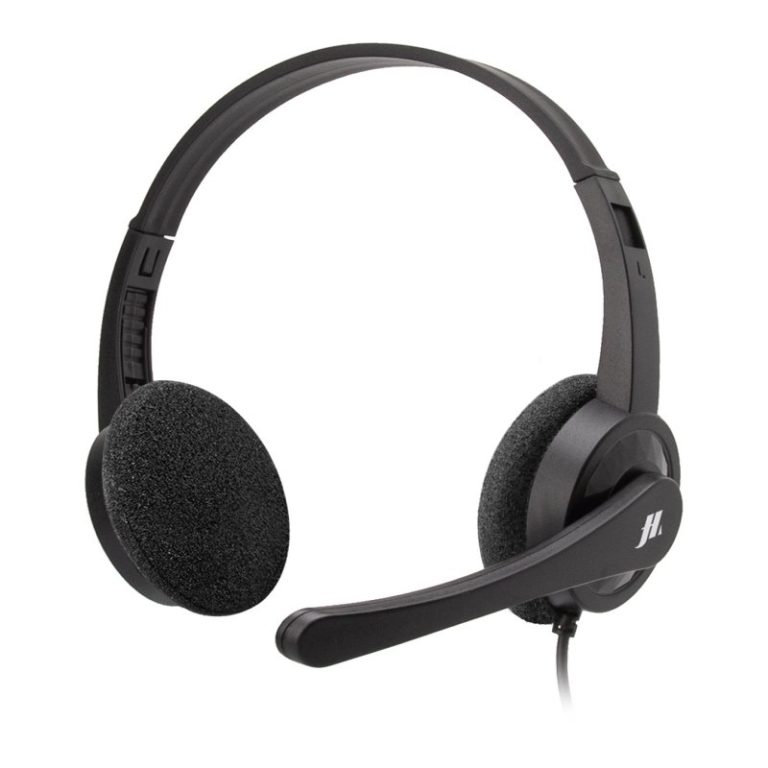When it comes to heating your home, the choice between oil heater vs ceramic heater can be daunting. Each type of oil heater vs ceramic heater offers unique benefits and is suited for different situations and room sizes. This article will provide an in-depth analysis to help you determine which heater meets your specific needs, ensuring you make a well-informed decision.
Heating Efficiency
Ceramic Heater’s Quick Warm-Up
Ceramic heaters are known for their ability to heat up quickly. They use ceramic plates and aluminum baffles to generate and distribute heat. When electricity passes through the ceramic plates, they heat up and the built-in fan blows the warm air into the room. This provides almost instant warmth, making ceramic heaters ideal for quickly heating small to medium-sized spaces.
Because of their rapid warm-up capability, ceramic heaters can be very efficient in scenarios where you need immediate heat. They’re perfect for bathrooms, small bedrooms, or home offices where you don’t want to wait long for the space to warm up.
Oil Heater’s Long-Lasting Heat
In contrast, oil heaters take longer to warm up but once they do, they provide long-lasting heat. These heaters have sealed columns filled with oil that is heated by an electric element. The oil retains heat well, so the heater continues to radiate warmth even after it’s turned off. This makes them suitable for maintaining a consistent temperature over a longer period.
Oil heaters are particularly effective for larger rooms and spaces where you spend extended periods. Their slow, steady heating process ensures that the entire space stays comfortably warm, making them ideal for living rooms, bedrooms, and other common areas.
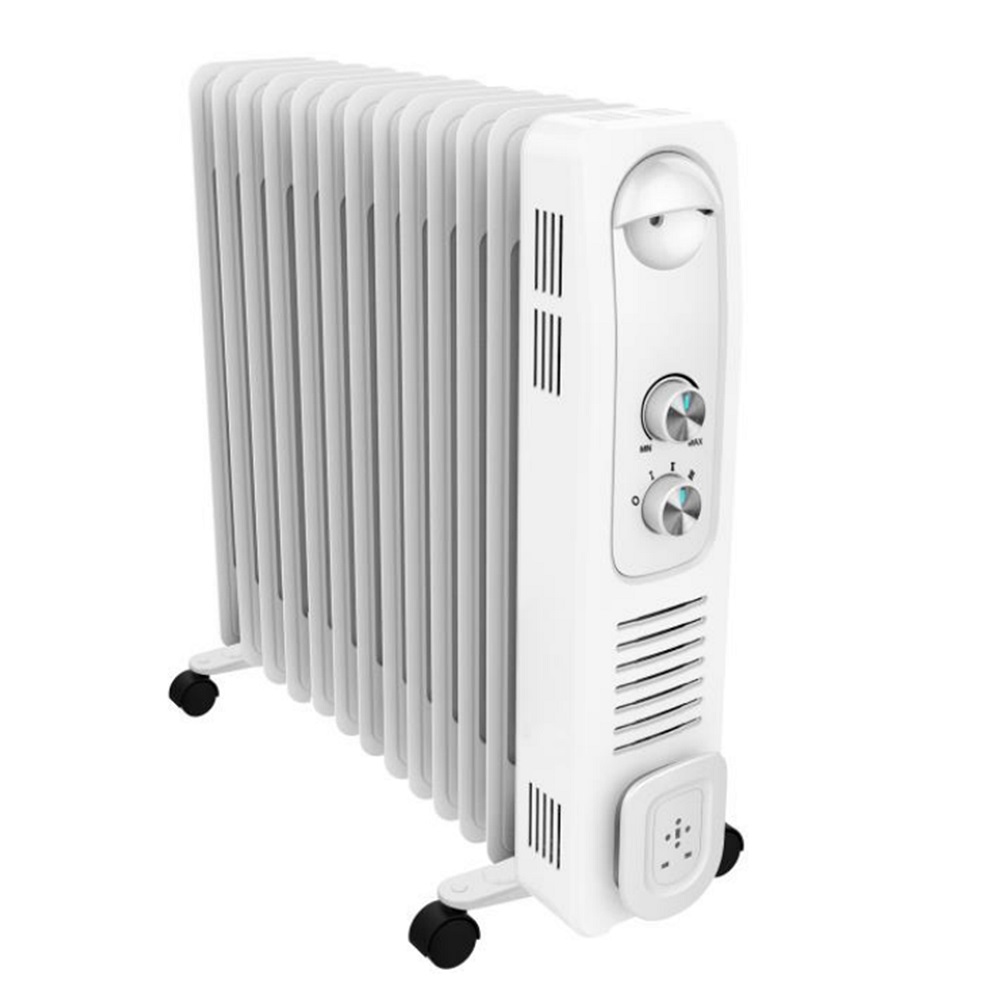
Energy Consumption
Efficiency of Ceramic Heaters
Ceramic heaters are typically very energy-efficient because they convert almost all of the electrical energy they use into heat. However, because they rely on a fan to distribute heat, they must remain on to continue providing warmth. This can lead to higher energy consumption if used for extended periods.
While ceramic heaters are efficient for short-term, targeted heating, they may not be the best option for maintaining a steady temperature throughout the day. If you only need quick bursts of heat, they are a cost-effective choice. However, for all-day use, they may lead to higher energy bills.
Efficiency of Oil Heaters
Oil heaters are also energy-efficient but in a different way. Once they’ve heated the oil, they maintain warmth for a longer time even when turned off. This means they don’t need to run continuously, saving energy in the long run. Although the initial warm-up period consumes more electricity, the overall energy usage is more balanced.
Oil heaters are thus more suitable for maintaining a stable temperature over an extended period. If consistency and long-term efficiency are your goals, oil heaters are the more energy-conscious choice, potentially leading to lower energy costs over time.
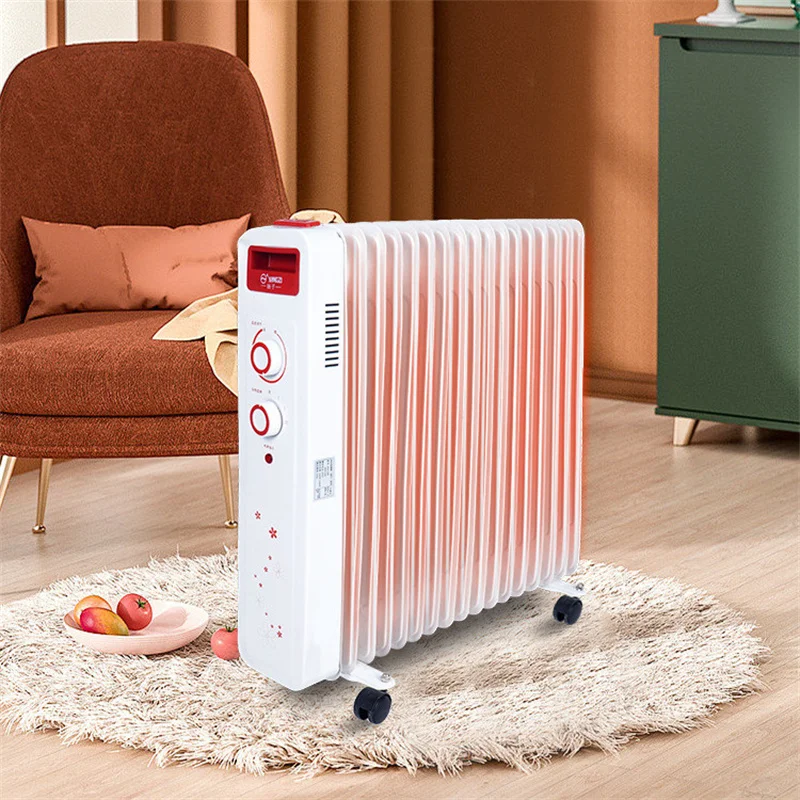
Safety Features
Safety in Ceramic Heaters
Ceramic heaters come equipped with various safety features to ensure safe operation. These features often include overheat protection, which automatically turns off the heater if it gets too hot, and tip-over protection, which shuts the heater off if it falls over. The cool-touch exterior also reduces the risk of burns.
Despite these features, it’s crucial to place ceramic heaters wisely. Keep them away from flammable materials and ensure they are on a stable surface. Regular maintenance, such as cleaning the fan and vents, is also important to ensure they operate safely.
Safety in Oil Heaters
Oil heaters are generally considered very safe for indoor use. Because they don’t have exposed heating elements and the surface stays relatively cool, the risk of burns and fire is significantly reduced. Many models come with built-in safety features like automatic shut-off and tip-over protection.
The enclosed design of oil heaters means they pose less risk of causing fires compared to heaters with exposed elements. Regular inspection and cleaning ensure they remain safe and efficient. Their design makes them a reliable choice for households with children and pets.
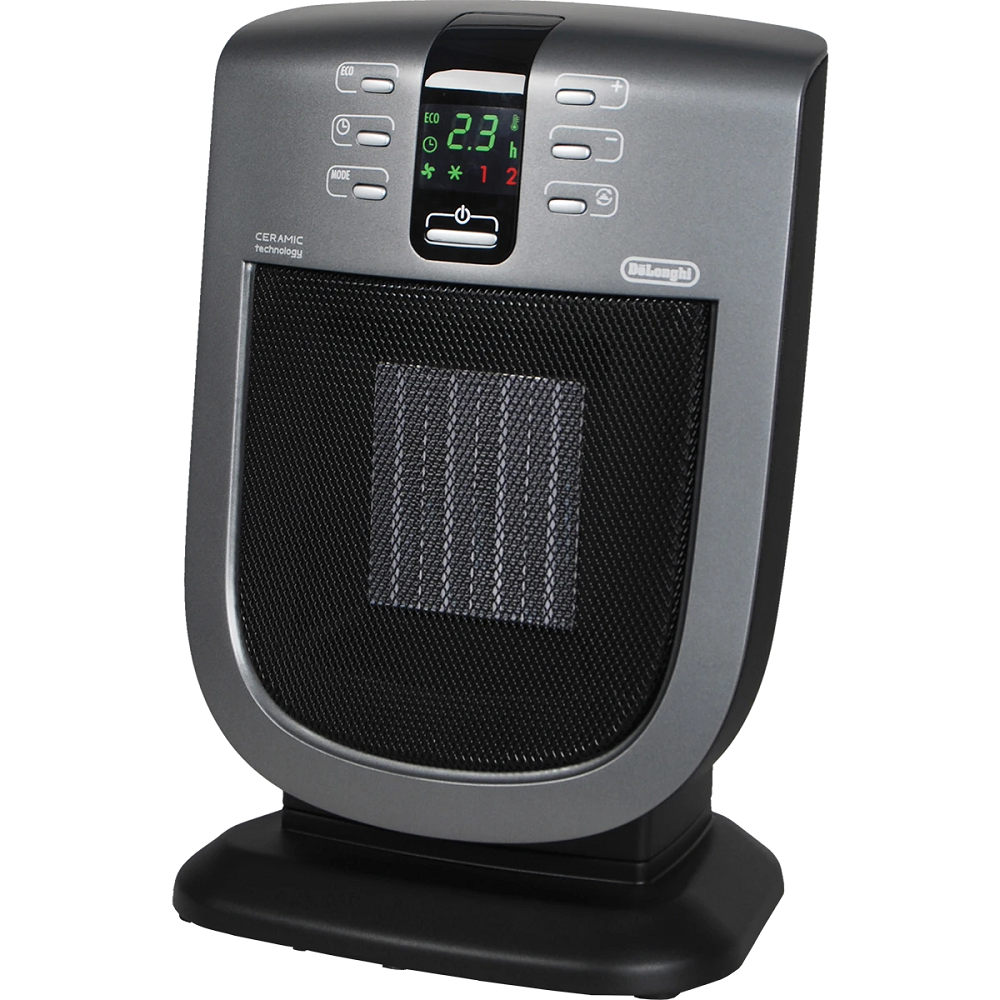
Noise Levels
Low Noise in Ceramic Heaters
Ceramic heaters do produce some noise, primarily due to the built-in fan. While modern ceramic heaters are relatively quiet, you may still notice a low humming sound. This noise level is usually acceptable for most users but can be a distraction in very quiet environments.
If you plan to use the heater in a bedroom or workspace where noise can be disruptive, check the noise ratings of different models. Opt for a quieter ceramic heater or consider using it in less noise-sensitive areas like living rooms or kitchens.
Silent Operation in Oil Heaters
Oil heaters are virtually silent. They don’t have fans or blowers, thereby eliminating the noise associated with forced-air heaters. The only sound you might hear is the occasional click as the thermostat turns the heater on or off.
This silent operation makes oil heaters an excellent choice for bedrooms, study rooms, or any space where peace and quiet are essential. If you value a noise-free environment, an oil heater will serve you well without any auditory distractions.
Portability and Versatility
Portability of Ceramic Heaters
Ceramic heaters are lightweight and highly portable. Most models come with handles, making them easy to move from room to room. Their compact size allows for convenient storage when not in use, making them a versatile option for various heating needs.
The portability of ceramic heaters makes them suitable for temporary heating. You can easily bring one into the bathroom for a morning warm-up, then move it to your workspace or living room. This versatility can be particularly useful in multi-room homes or apartments.
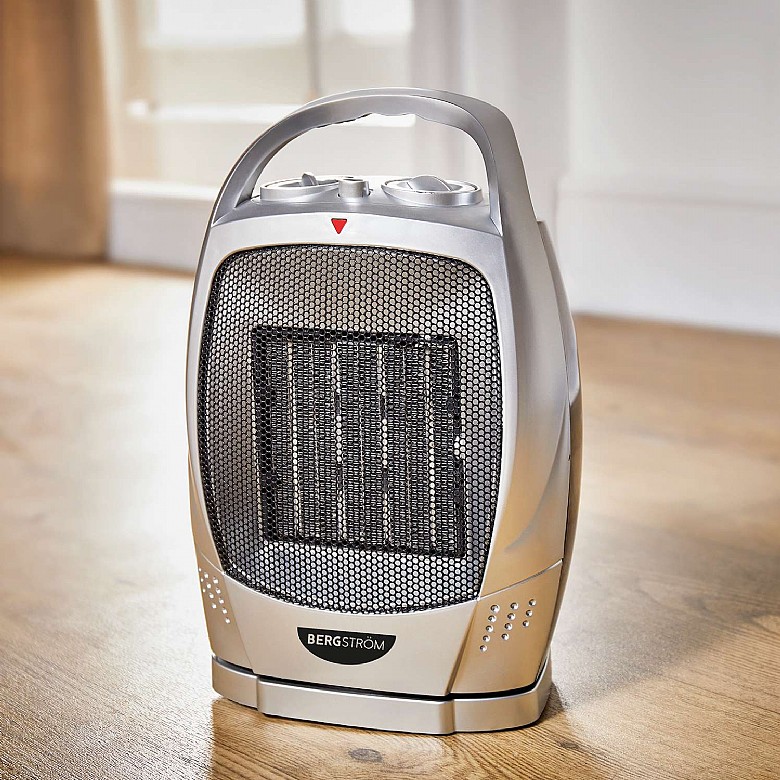
Versatility of Oil Heaters
While oil heaters are bulkier and heavier than ceramic heaters, many models come with wheels for easy movement. Although they aren’t as portable, their ability to provide consistent, steady heat makes them versatile for long-term placement in living areas or bedrooms.
Oil heaters are best suited for situations where you need sustained warmth in one place. Their steadiness and efficiency make them ideal for winter months when you spend a lot of time indoors. Though less portable, they offer valuable, enduring heat where you need it most.
Cost Considerations
Initial and Operational Costs of Ceramic Heaters
Ceramic heaters generally have a lower initial cost compared to oil heaters. This makes them accessible for those on a tighter budget. However, their operational costs can add up if used consistently for extended periods due to continuous electricity consumption.
You might find ceramic heaters more economical for short-term or intermittent use. For example, if you only need to heat specific areas for short durations, a ceramic heater can be cost-effective. Just be mindful of its energy consumption if you plan on using it continuously.
Initial and Operational Costs of Oil Heaters
Oil heaters tend to have a higher initial cost. However, their long-term operational costs can be lower because they maintain heat efficiently and don’t need to run continuously. This efficient energy use can offset the higher upfront price over time.
Investing in an oil heater can make financial sense if you require continuous warmth. While the initial spending is higher, you may end up saving on energy bills. Their durability and low maintenance costs further enhance their cost-effectiveness.
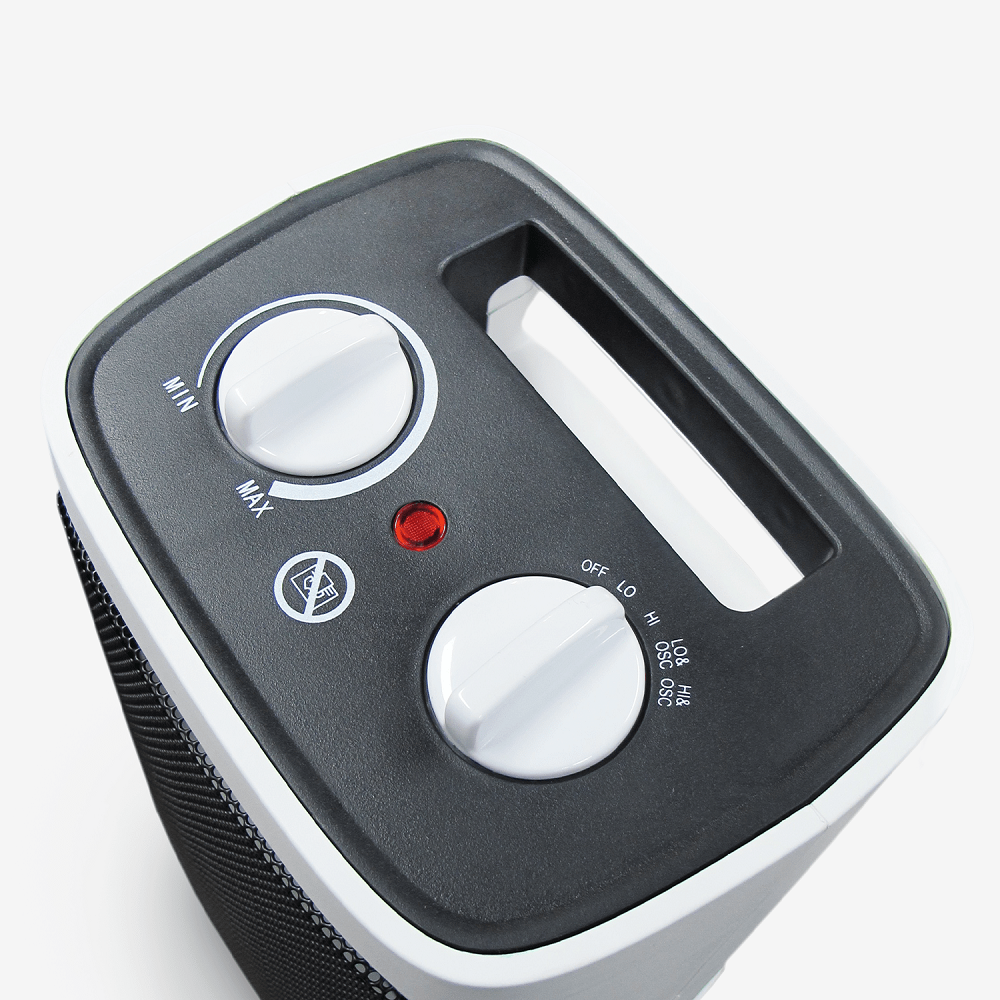
Environmental Impact
Environmental Footprint of Ceramic Heaters
Ceramic heaters are generally more environmentally friendly for short-term use due to their high efficiency in converting electricity directly into heat. Since they heat up quickly, they reduce the time needed to reach a comfortable temperature, thereby consuming less energy in short bursts. However, because they must remain on to maintain warmth, their long-term environmental footprint can expand if used continuously. For users concerned about sustainability, opting for models with energy-saving features like adjustable thermostats and timers can mitigate some of their environmental impact.
Using a ceramic heater powered by renewable energy sources can further reduce its carbon footprint. Models with eco-mode settings also help optimize energy consumption, making them a greener choice for intermittent heating needs. Therefore, for those who prioritize sustainability for short-term heating, a ceramic heater remains a viable option.
Conclusion
When deciding between oil heater vs ceramic heater, consider your specific needs, room size, and how you plan to use the heater. Ceramic heaters excel in providing quick, targeted warmth and are highly portable and cost-effective for short-term use. They are ideal for smaller spaces and situations where you need immediate heat.
Oil heaters, on the other hand, offer steady, long-lasting warmth, making them perfect for larger rooms or continuous use. They provide noise-free operation and come with several safety features, suitable for environments requiring consistent, prolonged heat.
By weighing factors such as heating efficiency, energy consumption, safety, noise levels, portability, and cost, you can make the best choice for your heating needs. Both oil heater vs ceramic heater have their unique advantages, and understanding these will help you create a warm, comfortable environment in your home while managing costs effectively.
